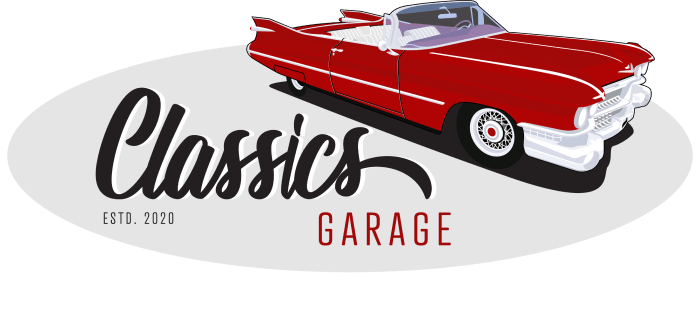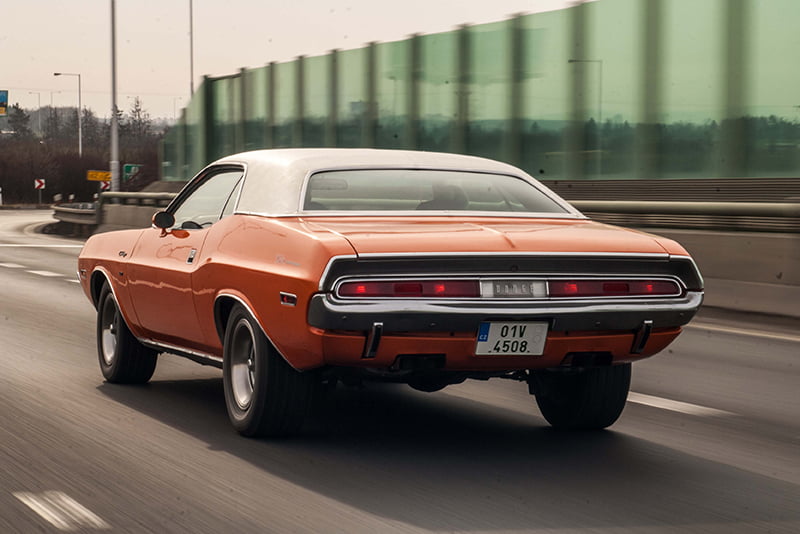While the 1970’s certainly weren’t a good time to be an automotive manufacturer, this era still managed to produce some of the best classic American cars.
In the 21st century, historians have increasingly portrayed the 1970’s as a decade of real change in world history, focusing especially on the economic upheavals that followed after the end of the post World War II economic boom. In the west, social progressive values that began to circulate in the 1960’s continued to grow, as did counter culture movements after the end of the Vietnam War.
However, one of the defining events of the 1970’s was the economic recession that derived from the 1973 oil crisis. Led by Saudi Arabia, Members of the Organization of Arab Petroleum Exporting Countries proclaimed an oil embargo, with the countries most affected being Canada, Japan, the Netherlands, the United Kingdom and the United States. By the end of the embargo in March 1974, the price of oil had risen nearly 300% from USD $3 per barrel to almost USD $12 globally. As a result, the American automotive industry had to change – and fast.
Our Five Favourite Classic American Cars Of The Seventies
On top of the oil embargo, manufacturers also had to contend with a raft of new policies and laws in the United States linked to the 1970 Clean Air Act. With insurance rates also skyrocketing, the production of muscle cars by the nation’s automotive production giants either significantly declined, or were discontinued altogether.
However, new technology such as electronic fuel injection systems, turbochargers and advanced engine management controls helped to pull what we now refer to as classic American cars back out of the dark ages, by allowing for more power to be extracted from each drop of gas. In saying that, the results were certainly mixed.
Some automotive manufacturers used the adversities to produce cars with unprecedented levels of innovation, while others simply fell flat – so what are regarded as the winners of this era?
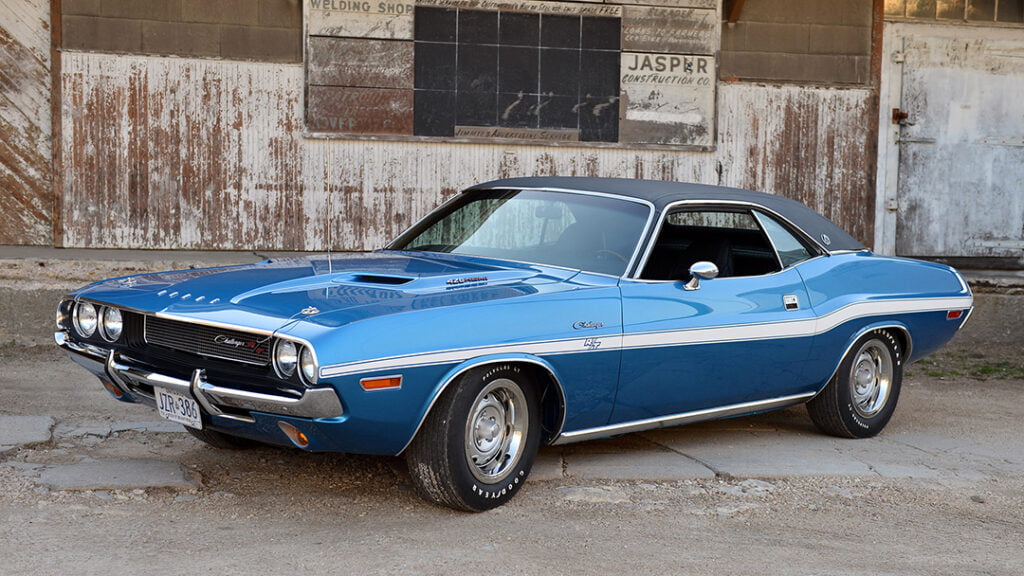 1970 Dodge Challenger – The first generation Dodge Challenger pony car was built using the Chrysler E platform in both hardtop and convertible body styles, while sharing major components with the Plymouth Barracuda. Positioned to compete against the Mercury Cougar and Pontiac Firebird at the upper end of the pony car market, it has since been deemed to be a ‘rather late response’ to 1964’s first Ford Mustang.
1970 Dodge Challenger – The first generation Dodge Challenger pony car was built using the Chrysler E platform in both hardtop and convertible body styles, while sharing major components with the Plymouth Barracuda. Positioned to compete against the Mercury Cougar and Pontiac Firebird at the upper end of the pony car market, it has since been deemed to be a ‘rather late response’ to 1964’s first Ford Mustang.
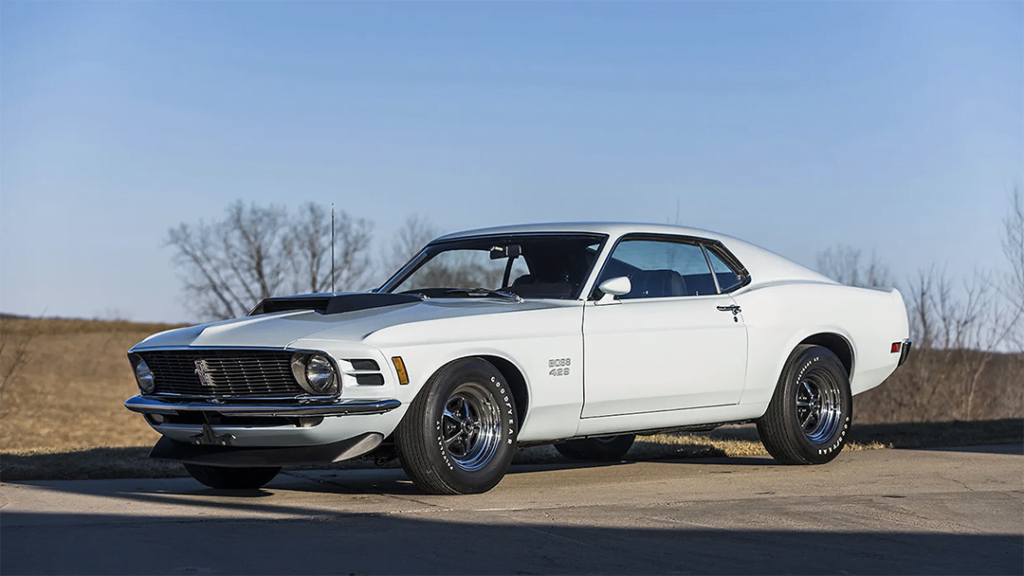 1970 Ford Mustang – Designed to go racing in the Trans Am series, this Mustang might not have been the fastest coupe in a straight line, but it was lethal in the corners. What at the time might have seemed like just another expensive, hyped-up version of the Mustang that Ford couldn’t get enough of selling, actually went on to become one of the most sought-after versions of the car that fifty years down the road is now worth a fortune.
1970 Ford Mustang – Designed to go racing in the Trans Am series, this Mustang might not have been the fastest coupe in a straight line, but it was lethal in the corners. What at the time might have seemed like just another expensive, hyped-up version of the Mustang that Ford couldn’t get enough of selling, actually went on to become one of the most sought-after versions of the car that fifty years down the road is now worth a fortune.
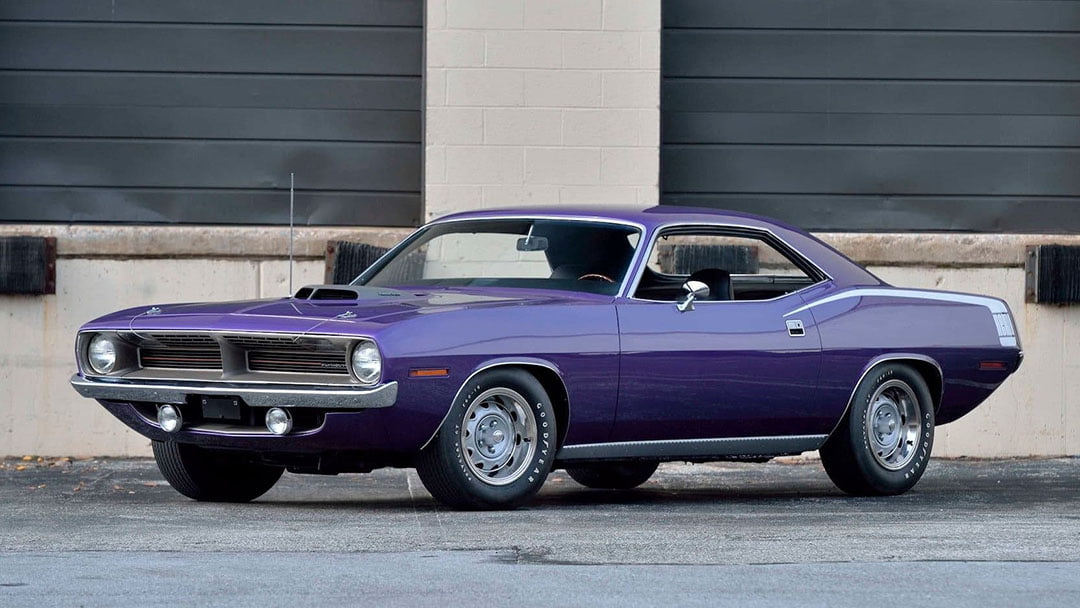 1971 Plymouth Hemi Cuda – The Plymouth Barracuda was sold with the same body as the Dodge Challenger from 1970-1974, but was offered with six different engine choices: a 340cid, a 383cid, a 440cid Magnum, a 440cid six-barrel, and the 426cid Hemi. However, only the more performance-oriented models were sold as a Plymouth Hemi Cuda, which is why they are commonly mistaken for standard Barracudas even today.
1971 Plymouth Hemi Cuda – The Plymouth Barracuda was sold with the same body as the Dodge Challenger from 1970-1974, but was offered with six different engine choices: a 340cid, a 383cid, a 440cid Magnum, a 440cid six-barrel, and the 426cid Hemi. However, only the more performance-oriented models were sold as a Plymouth Hemi Cuda, which is why they are commonly mistaken for standard Barracudas even today.
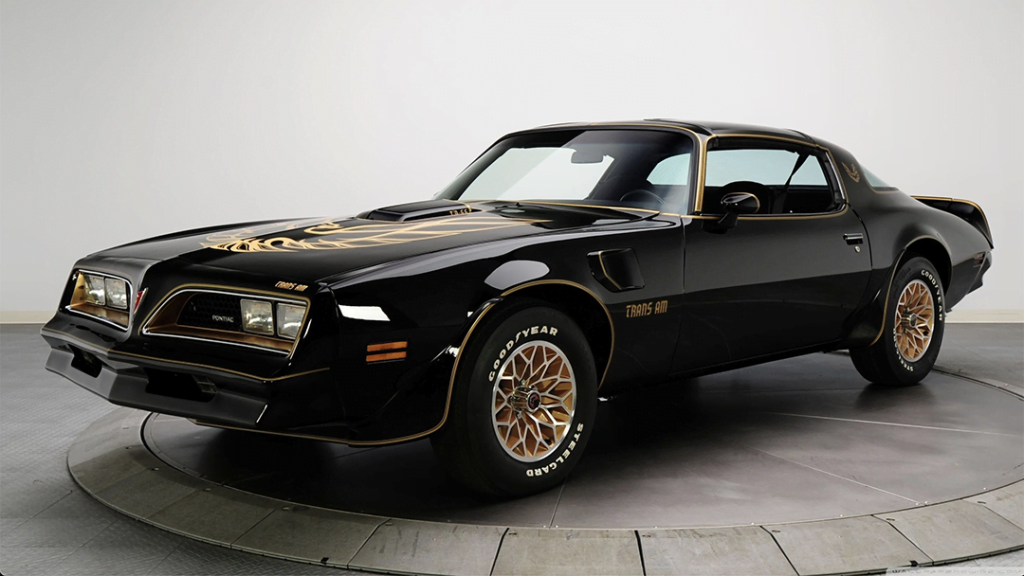 1977 Pontiac Firebird Trans Am – Although prominent for their range of sedans, by the time the 1960’s had rolled around, Pontiac was suddenly sexy. The release of the 1964 GTO rapidly put Pontiac back on the map thanks to their ability to pack huge engines into smaller bodies. This translated into fast, slick and powerful vehicles unlike any other on the market, such as the Pontiac Firebird Trans Am as featured in ‘Smokey And The Bandit’.
1977 Pontiac Firebird Trans Am – Although prominent for their range of sedans, by the time the 1960’s had rolled around, Pontiac was suddenly sexy. The release of the 1964 GTO rapidly put Pontiac back on the map thanks to their ability to pack huge engines into smaller bodies. This translated into fast, slick and powerful vehicles unlike any other on the market, such as the Pontiac Firebird Trans Am as featured in ‘Smokey And The Bandit’.
 1977 Cadillac Coupe DeVille – The Cadillacs produced in the seventies might not have been as fast as they once were, but the brand certainly made the most of its reputation as a luxury manufacturer. In fact, the brand even introduced a new design philosophy dubbed “Art and Style”, meaning that buyers of the new DeVille might get a slightly smaller and slower model than they once could have, but all the bells and whistles more than make up for it.
1977 Cadillac Coupe DeVille – The Cadillacs produced in the seventies might not have been as fast as they once were, but the brand certainly made the most of its reputation as a luxury manufacturer. In fact, the brand even introduced a new design philosophy dubbed “Art and Style”, meaning that buyers of the new DeVille might get a slightly smaller and slower model than they once could have, but all the bells and whistles more than make up for it.
While the appeal of classic American cars vary depending on who you talk to, it’s no secret that classic car enthusiasts all speak the same language, and all share the same passion for the vehicles of a bygone era much like the swinging sixties. Instead of trying to go it alone and buy one online or at auction, it makes sense to work with someone who shares that same passion – but where do you start?
Your Guide To Everything Classic Cars
Finding a fellow vintage auto enthusiast can feel a bit like finding a needle in a haystack, but rest assured that Classic’s Garage understands the thrill more than most. Having spent forty years collecting anything and everything from matchbox cars to hub caps, he’s successfully followed his passion to source, collect and stock beautiful and low mileage classic automobiles from around the world. With extensive experience in the automotive industry, it was only a matter of time before Wayne expanded on his love of vintage, iconic vehicles to share his knowledge and passion with the public.
Although his passion is for automobiles built before 1978, with a particular love for Buicks, Cadillacs, Lincolns, Oldsmobiles and even Fords, Wayne is just as passionate about the stories of the owners. Just like the cars, he has found that his fellow classic car enthusiasts all have wildly different attractions and logic behind their passion or hobby, and this often translates into how the car is presented. If it’s even remotely different, rare or just plain unusual, Wayne will overcome the relevant logistical and geographical challenges of bringing the cars to his showroom in Australia.
Classic’s Garage is a showroom conveniently located at Seventeen Mile Rocks, that specialises in the restoration and sales of vintage automobiles. If you’re on the hunt for Brisbane classic cars – quite simply, Wayne is your man. If you would like to arrange a viewing or inspect any other of our classic vehicles, please get in touch with us today.
